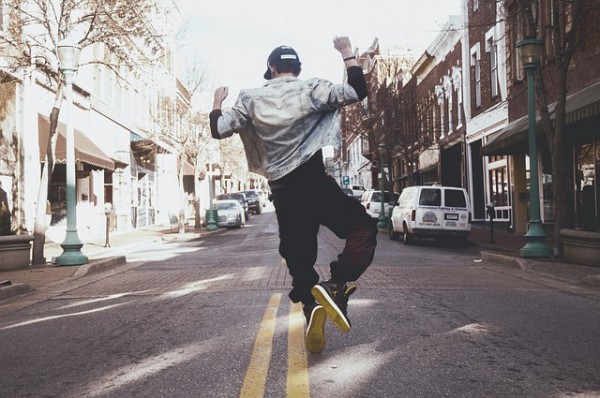Dancing promotes a healthy brain function in numerous ways. Recent studies found that brain function can be maximized through at least once a week of aerobic or dance training. Peak performance is achieved by combining cerebral and cerebellar brain processes. When dancing, cognitive functions are enhanced along with muscle memory, balance, and proprioception, which refers to the body’s sense of space in relation to its surroundings.
Dancers Don’t Get Dizzy
Constant practicing of a dance move such as spinning enhances the cerebellum. This allows dancers the superfluidity they need, and prevents them from getting dizzy when they do pirouettes or spins. In 2013, a research from the Imperial College London found that ballet dancers have a particularly different brain structure. In the research, 29 ballet dancers and 20 rowers with the same age and fitness levels were spun around in a chair in a dark room.
The results show that eye reflexes and the sensation of spinning was shorter in ballet dancers than the rowers. Furthermore, brain scans revealed that there are differences in the structures of the cerebral cortex, which is responsible for the perception of dizziness, and the cerebellum, which regulates and coordinates balance, movement, and posture.
This suggests that through years of practice and training, they have developed specific changes in the cerebellum, which enables the vestibular organs in the inner ear to suppress the sensation of dizziness. These findings are particularly applicable for the treatment of chronic dizziness and Benign Paroxysmal Positional Vertigo (BPPV).

Visualizing Dance Moves Boosts Muscle Memory
When we see professional dancers on stage, they may make their movement look both effortless and graceful. However, learning and mastering dance routines is not as easy as it may seem. Dance training is both physically and mentally demanding. This is why Edward Warburton and his colleagues conducted a research in 2013. As a former ballet dancer, Warburton wanted to explore the cognitive benefits of movement reduction through dance ‘marking’.
Marking is the process by which dancers encode complex moves using a cue while walking through them slowly. Marking allows dancers to memorize the routine and repeat them. In marking, the focus is on the routine or steps rather than performance. This helps reconcile the physical and cognitive facets of dance training, ultimately resulting in superfluidity.
To determine how marking can affect a ballet dancer’s performance, a group of dance students were asked to rehearse one routine at performance speed and another routine by marking. The exercise showed that the dancers exhibited more seamless and fluid movements on the marked routine.
These findings suggest that when practicing at performance speed, the dancers were not able to reconcile the steps as a sequence, which made it more difficult for them to perform. Marking is a type of visualization that can be applied across various fields and professions that necessitates the combination of cognitive function with muscle memory.
Dance is an Exercise for the Brain
Dance is both an art and a discipline. You can express emotions and thoughts through movement, and train your body to become more fit and healthy. Best of all, dancing can exercise your brain to help it stay sharp and keen. So dance to your favorite music and get your groove on! You can even get those backpack with speakers and turn on the music whenever you feel like dancing. You don’t have to be a professional dancer to reap the benefits of dancing. Just dance and have fun.
Michelle Gonzalez has been writing for SMEs across the United States, Canada, Australia and the UK for the last five years. She is a highly-experienced blogger and SEO copywriter, writing business blogs for various industries such as marketing, law, health and wellness, beauty, and education.
